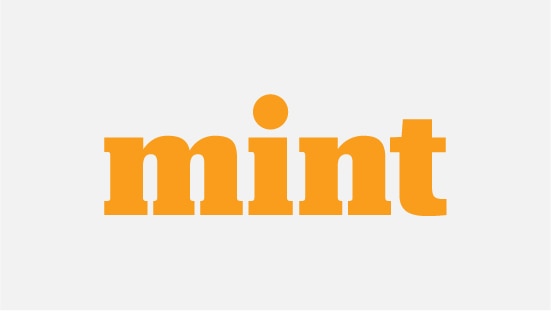In Short:
Private equity investments can be challenging to track and calculate returns. While there are various measures like IRR and MOM, one key metric is DPI, measuring cash distributions to investors. Despite a recent drop in distributions due to market conditions, there is hope for improvement as stock markets rise and exit opportunities open up for private equity firms.
Private Equity Investments: A Human Perspective
Ever wondered how much money your **private-equity** investments are making? It’s a question we all ponder. Calculating returns for other asset classes like bonds or publicly traded stocks is straightforward. You just need the purchase price, current price, and time elapsed. But when it comes to private equity, things get a bit trickier.
When is the capital called in for private-equity investments? How do you track the returns once the investment is made? The lack of transparency and irregular cash distributions make it challenging. Investors, known as limited partners, are bombarded with a range of measures like IRR and MOM, each with its drawbacks.
Among these measures, one that stands out is DPI – cash distributions measured as a share of paid-in capital. It’s hard to manipulate and considers the fees charged. It’s the cash that private-equity firms send back to investors each year, a crucial metric of performance.
However, recent data shows a concerning trend. According to Raymond James, distributions plummeted to 14.6% in 2022 and further to 11.2% in 2023, the lowest since 2009. Investors are getting antsy.
There’s even merchandise now with the slogan “DPI is the new IRR.” A bold statement that reflects the shifting landscape of private-equity returns.
The Current Dilemma
The decline in DPI is understandable given the market conditions. Rising interest rates and lower equity valuations impact when firms choose to exit investments. The avenues for exiting investments have also narrowed, prolonging the dry spell.
History shows that such lean periods have occurred before, but this time may be different. With increased allocations to private equity, the impact of low distributions is more pronounced.
Future Prospects
Despite the current challenges, there’s hope on the horizon. Stock markets are on the rise, IPOs are increasing, and exits are becoming viable again. If this trend continues, distributions could see an upturn soon. Additionally, companies are finding ways to adapt to the new normal and are exploring innovative solutions to help them thrive in the current economic climate. It’s also worth noting that the resolution of Vodafone Idea’s bank dues could provide a much-needed boost to the telecom sector. Overall, there are signs of recovery and potential for a brighter future ahead.
However, the future remains uncertain. The market’s strength is closely tied to tech giants and the promise of artificial intelligence. The interplay of these factors will shape the path ahead.
© 2024, The Economist Newspaper Ltd. All rights reserved.
From The Economist, published under licence. The original content can be found on www.economist.com





